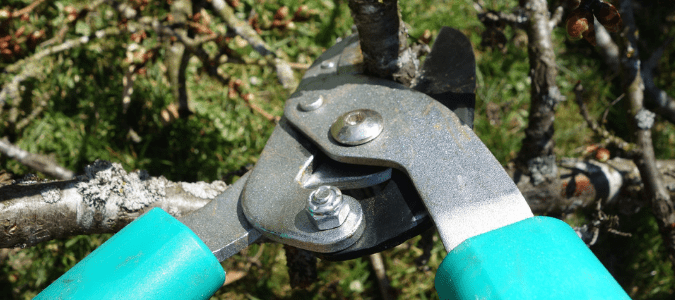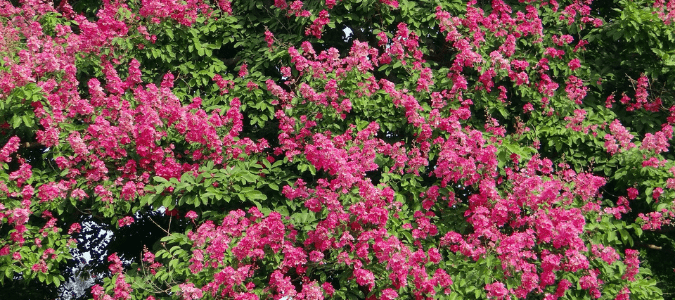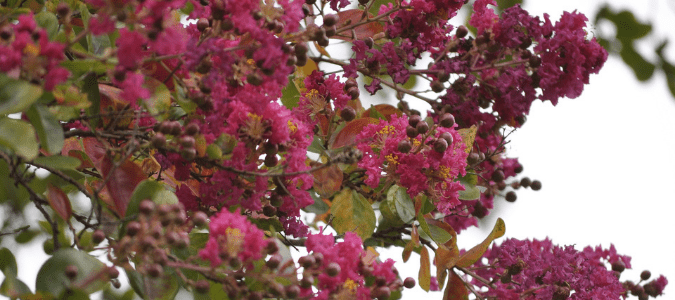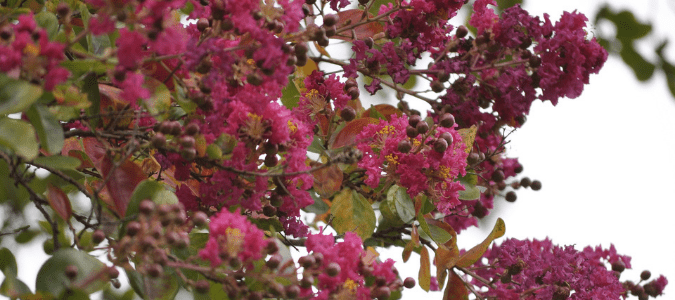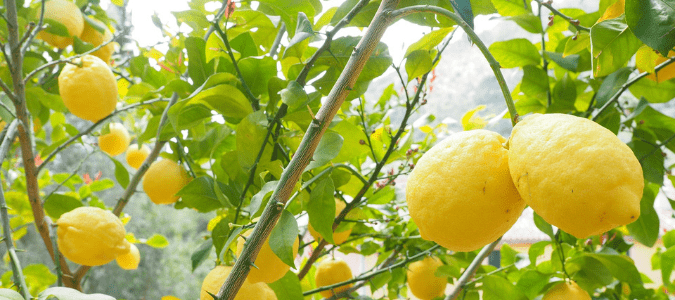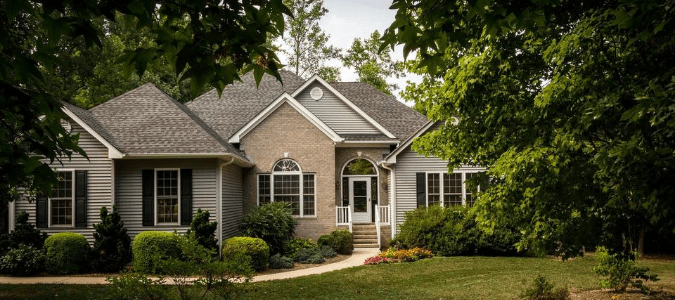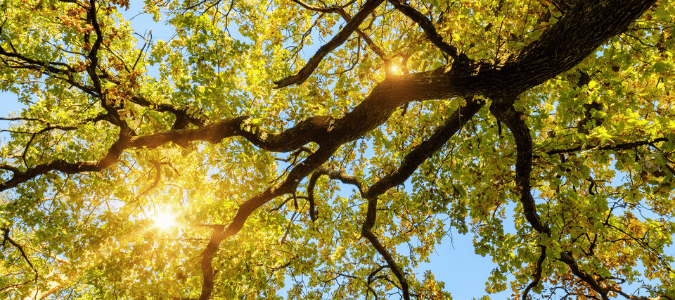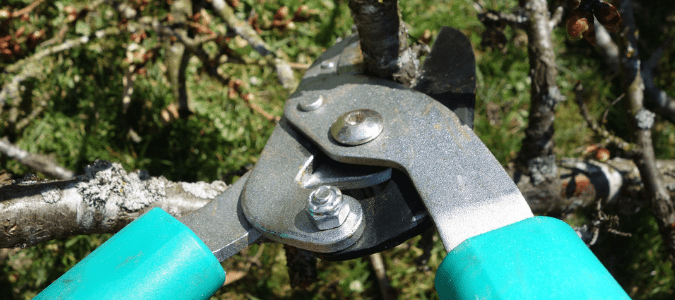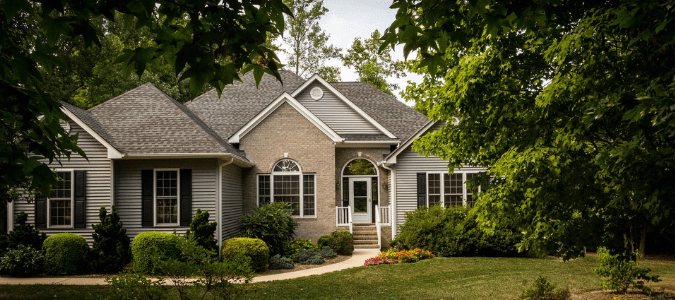Why Is My Crape Myrtle Not Blooming?
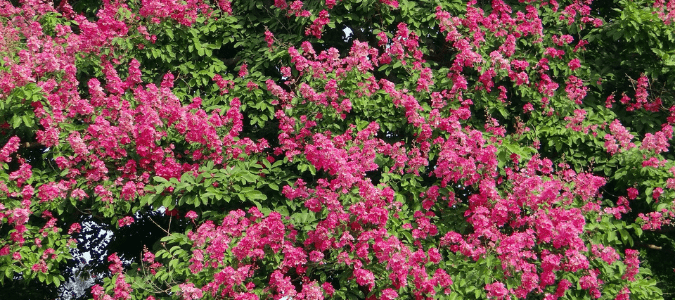
Crape myrtle is a gorgeous plant that boosts the curb appeal of any home. They produce a cloud of beautiful and colorful blooms in the summertime and rich-colored green leaves in the fall.
If your crape myrtle is not blooming, there could be many reasons, such as too much shade, insufficient water, improper pruning or a soil imbalance. Keep reading to learn how to correct these problems so that your crape myrtle will bloom its beautiful flowers again.
Next, the growth of black fungus can weaken crape myrtle plants and detract from their beauty. Seeing sooty mold means that your crape myrtle has an insect infestation you must deal with before it spreads further.
Lastly, crape myrtle aphids are the most common pest to infest crape myrtle trees and shrubs. They suck the sap from the leaves and leave a sugary substance that causes black mold to grow. Luckily, there are easy ways … Read Full Post »
